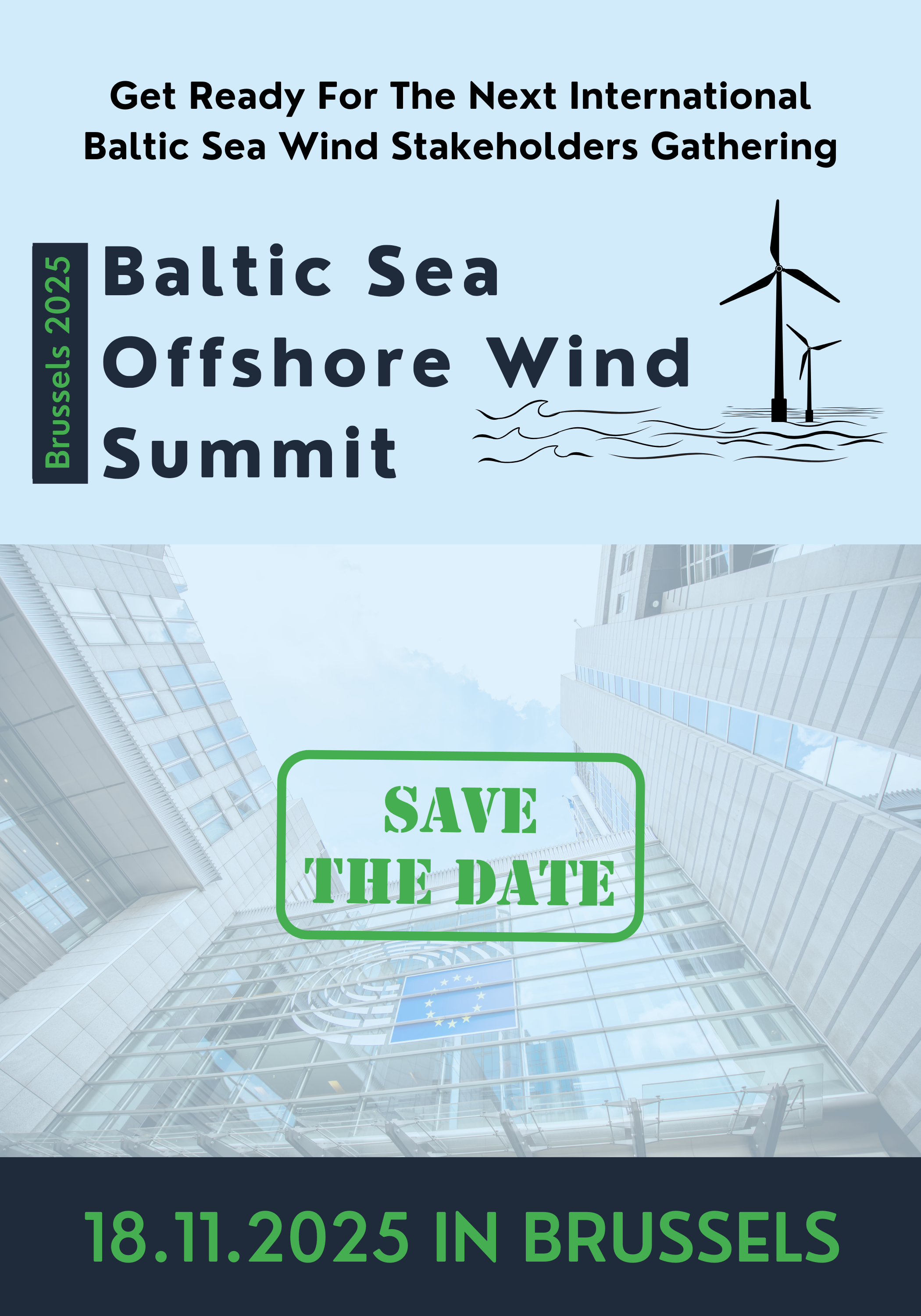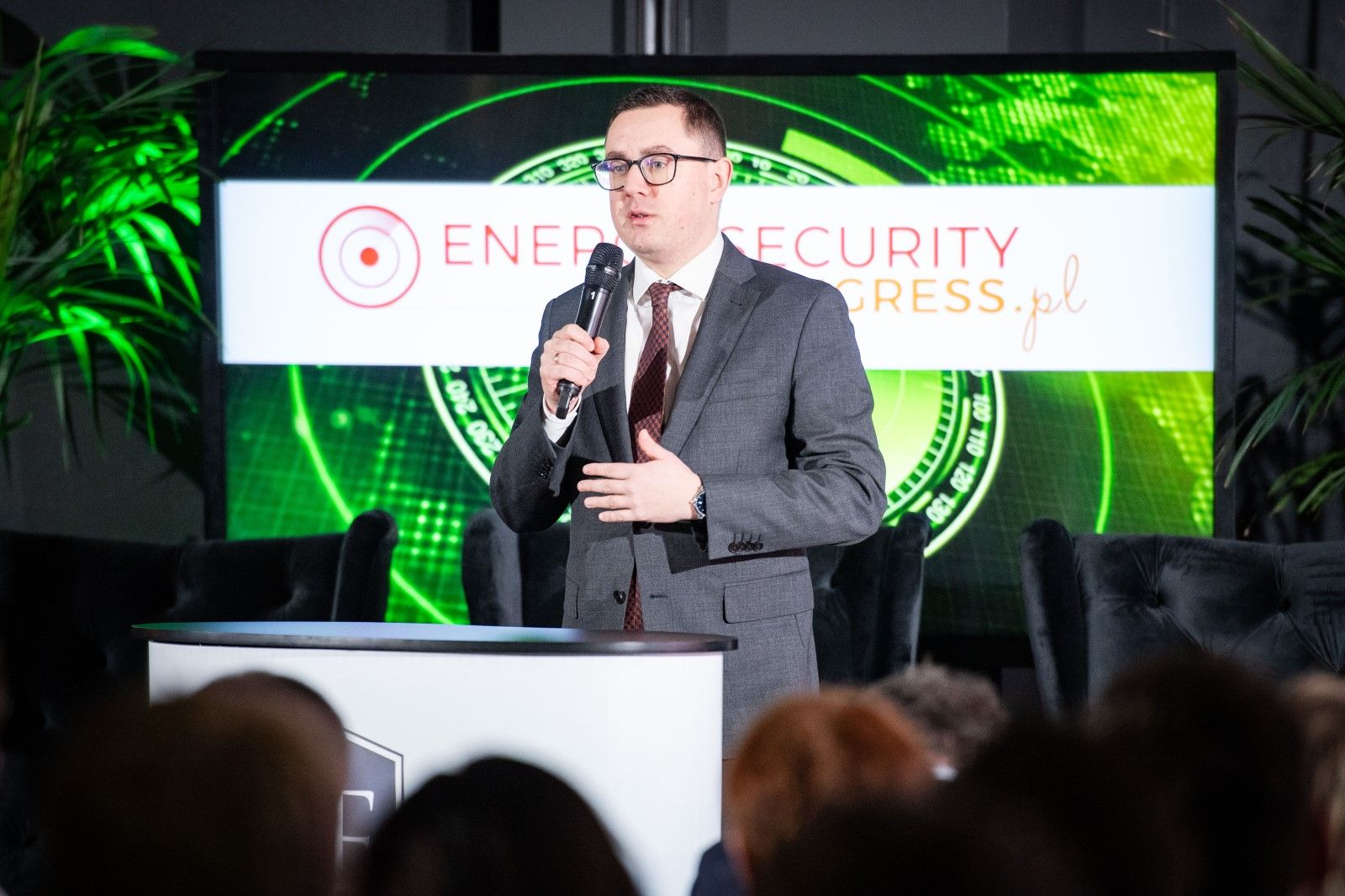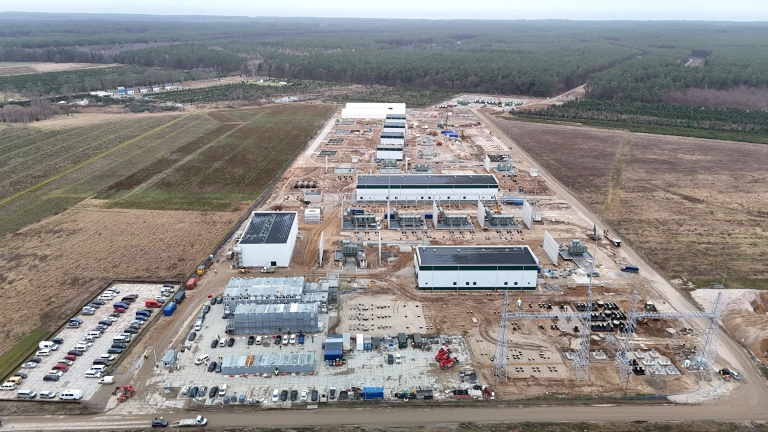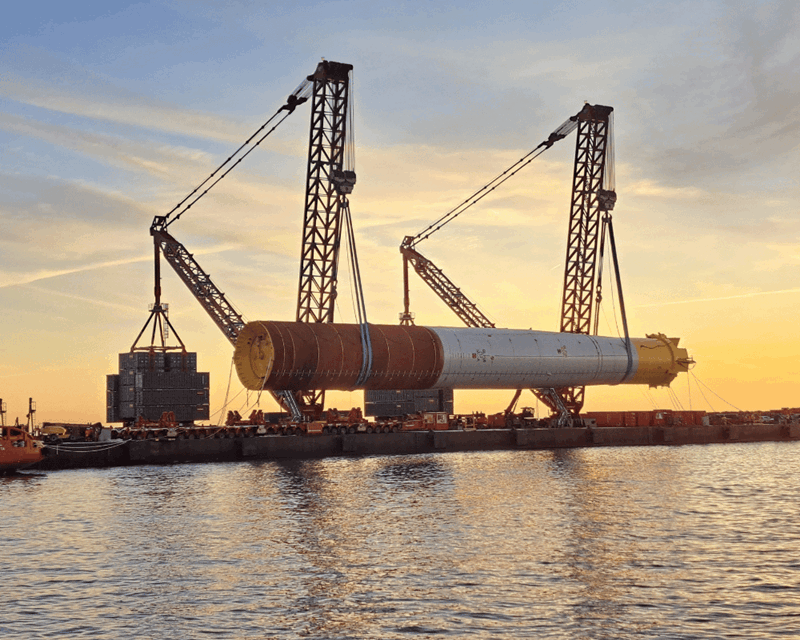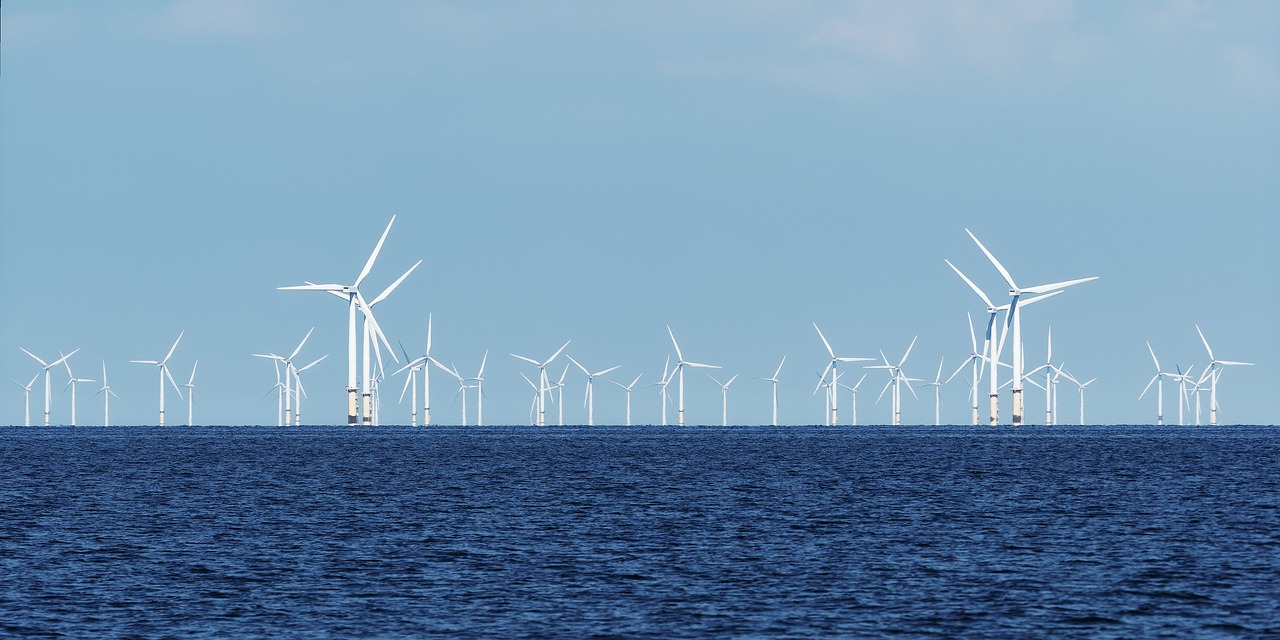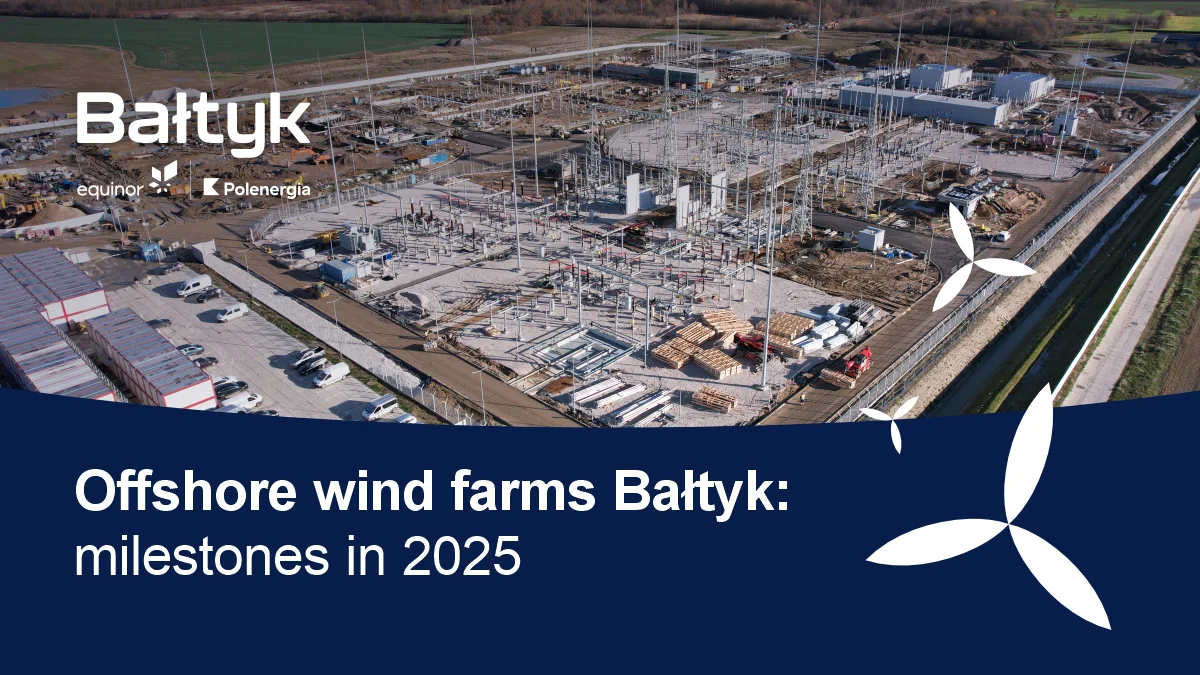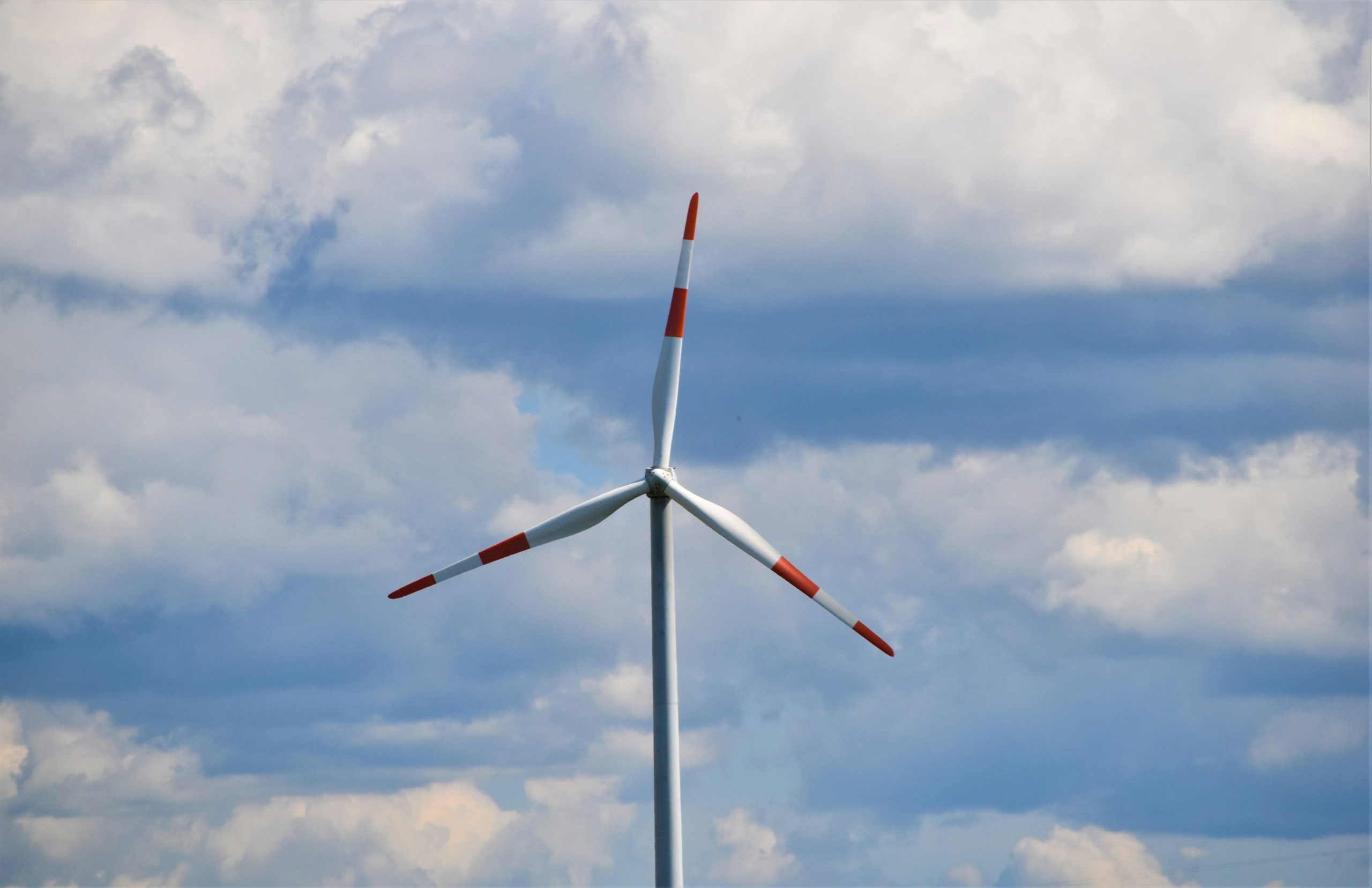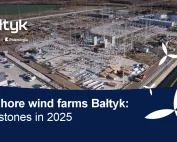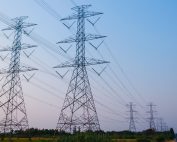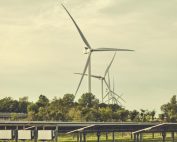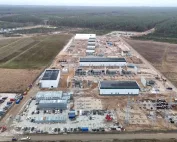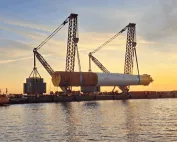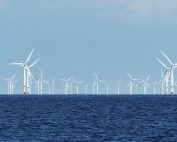WirtschaftsWoche recently featured Søren Møller Christensen, CEO, who provided insights into Energy Island Bornholm – a significant project with implications for Europe’s future energy landscape.
The Energy Island Bornholm initiative is positioned as a critical development in Europe’s efforts towards a more sustainable energy system. As Søren Møller Christensen outlined in his interview with WirtschaftsWoche, this project highlights the complexities and strategic necessities involved in decarbonization.
Energy Island Bornholm is being developed to function as a strategic offshore energy hub, projected to supply over 3 GW of clean energy to both Denmark and Germany. This output is intended to contribute to the energy requirements of these nations and support their renewable energy targets. The project’s location in the Baltic Sea is a factor in its strategic placement for regional energy infrastructure.
European Funding and Technological Integration
The project has secured €645 million in funding from the European Commission via the Connecting Europe Facility (CEF). This financial commitment reflects its recognized role in European energy integration efforts.
A notable technological aspect of Energy Island Bornholm is its utilization of hybrid interconnectors. These systems are designed to facilitate cross-border electricity transmission and enable the direct integration of offshore wind power into multiple national grids, aiming to optimize energy flow and enhance grid stability.
Søren Møller Christensen also addressed the requirement for redundant infrastructure in the Baltic Sea. This element is intended to strengthen energy security and resilience within the region.
The discussion further covered the challenges associated with financing large-scale offshore wind projects in the absence of subsidies. In this context, Contracts for Difference (CfDs) were presented as a mechanism that could potentially offer more stable investment conditions, referencing their application in other markets, such as the UK. CfDs are designed to provide a predictable revenue stream for developers, which can reduce investment risk.
Project Objectives
As Søren explained, “It’s about affordable energy for Europe — and about building redundancy in the Baltic Sea to secure our energy supply.” This statement encapsulates the project’s objectives: contributing to energy affordability and enhancing energy supply security through infrastructure development in the Baltic Sea.
Source: Baltic Energy Island


